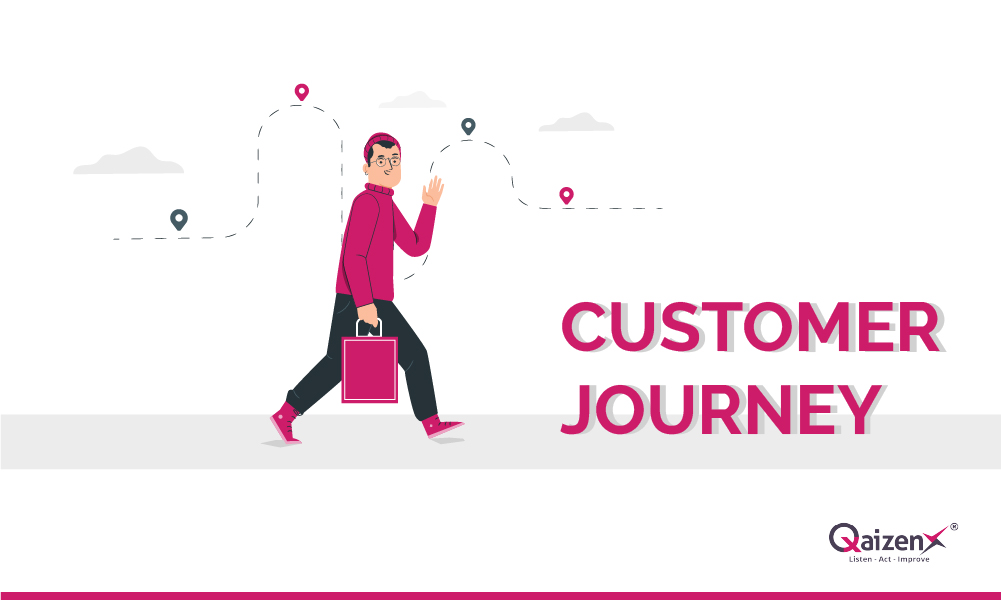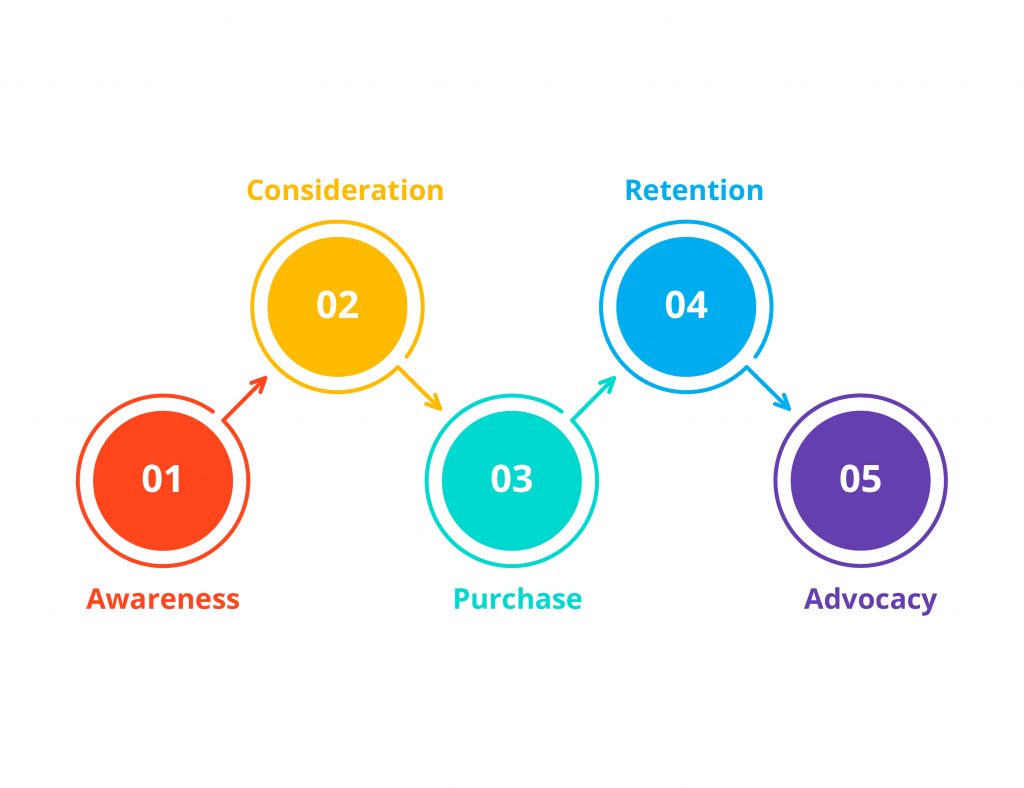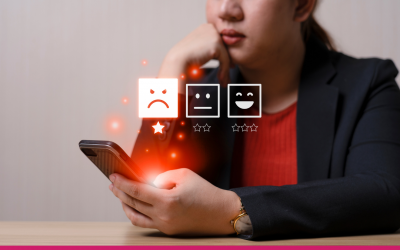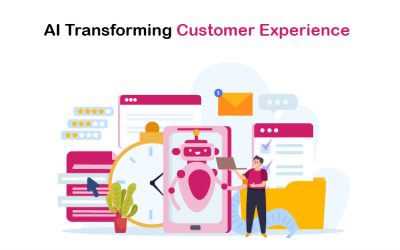5 Stages of Customer Journey and How to Measure Them

The customer journey is how customers finish the phases of their relationship with the organization, which incorporate all the associations between the customer and the business over an assortment of channels.
From their first time catching wind of the business to the furthest limit of their relationship and everything in the middle, a customer journey incorporates each touchpoint across all the steps and makes up the customer experience.
Have you ever noticed which team of your organization is engaged during the customer journey? Pretty much every group in the business will impact the customer’s excursion – which is why it’s so vital to have a decent comprehension of what a customer goes through.
Stages of the Customer Journey
There are distinct stages in which your potential customer goes through and ought to be directed appropriately to be acquainted with and get tied up with your products. The five stages are – Awareness, Consideration, Purchase, Retention, and Advocacy. Each has its difficulties which we will examine here.
A few periods of the customer journey are only transitory minutes; others can proceed for long or possibly weeks.
Yet, they’re all just about as important as one another, and it’s hard to move beyond any of them and directly to the following. Thus, we will look at all of them.
The five stages are divided into pre-sales stages) and, obviously, post-sales stages. Here is the framework,

• Awareness (pre-sale)
This stage comes through different marketing techniques, data gathering, research, disclosure, clear informing, and introductory critical thinking.
Your advertising or marketing will typically signify which passage point your customer showed up at, regardless of whether endeavor or individual – the informing should mirror the stage they’re in.
• Consideration (pre-sale)
The customer starts discussing choices, maybe yours versus another product. They consider estimating the best arrangement, gauging elements, and advantages.
Brand awareness can have a significant impact here. Brand commonality, known history, seen quality, and service can influence the more recognizable or preferred brand.
• Purchase (post-sale)
The choice is made, and the purchase has been made. This is immediate action by a customer; either they buy or move on to the competition. Try not to leave a void in the middle of this stage and first contact.
The customer should feel valued. To make them feel acknowledged, give them a great experience on their purchase stage and try to convert them into your loyal customers.
• Retention
Holding a client is troublesome; this is the place where many will tumble off the cycle if they’re not adequately upheld.
Keep up with consumer satisfaction by taking care of their issues and doing the improvement work in a loop. This is where your customer experience group assists your customers with further developing their involvement in different ways. It’s an extraordinary chance to care for your customer’s necessities.
Steady openness is vital for creating customer loyalty.
• Advocacy
If the wide range of various stages is taken care of accurately, then your clients will become your loyal fans, and they will give the best marketing you can get. Their effect on the buying choices of others ought to work with additional sales. Also, offers and rewards are an incredible lift to develop sales further.
Companies grow dramatically because happy and satisfied customers spread the message, and the advantage of expanded products includes extra stockpiling. Then a business becomes a sure hit.
Happy customers start recommending your products, and it eventually increases your sales and business overall profits.
Measuring Customer Experience at each stage
People are not robots. We all have feelings. Also dependent on them, we settle on regular day-to-day existence choices. The equivalent is valid in business.
Customer Experience (CX) is about customers’ experience with a product or service. They can be both positive and negative. The last option can be a catastrophe for your business relations if you don’t perceive and fix them on time.
Regardless of the off chance that your business is B2C or B2B. Contingent upon the size of the business, an abrupt agitate of only a few unsatisfied customers may essentially affect your monetary liquidity.
You would surely don’t want this for your organization. No business can bear its cost, and in this manner, nobody can overlook the voice of their customers. The good news is that it’s not quite as hard as you might suspect. With Customer Journey Surveys, it’s feasible to gather all the feedback consistently, investigate it, and settle on the right business choices.
What Are Customer Journey Surveys?
A business relationship with a customer resembles a journey. The authoritative site requires excellent planning, execution of the arrangement, and dealing with the customer’s satisfaction from the first to the last phase of the journey. It will help if you have good business connections to keep going long. So you should ensure that the customer journey experience should be only high.
You can uphold your exercises with online surveys if you are working on lead generation. Assuming a customer visits your site, discover what his assumptions are. Request to subscribe to the newsletter and offer a discount to give customer experience.
When a potential lead turns into your new customer, a significant phase of your business relationship starts. It’s a precious opportunity to quantify customer experience.
We at QaizenX have made accurate layouts for every customer journey survey to use in your work.
Taking customer feedback at all the journey stages is essential. Below are popular journey surveys, which companies use to improve their customer experience.
• Net Promoter Score (NPS)
This is one of the best survey methods to accomplish this objective. Net Promoter Score (NPS) estimates customer loyalty with an essential inquiry: How would you probably suggest our organization/ product/ service to your friends and family?
Respondents reply on a scale, denoting their sentiments from 0 (I will not suggest) to 10 (I will suggest).
The better the customers’ rating, the higher the NPS score.
To gather successful customer feedback, direct the NPS surveys consistently. To make essential inferences, act always. On account of countless customers, you can lead the survey in a short interval and check NPS continuously. Also, respond right away for better results.
• CSAT (Customer Satisfaction Score)
The customer satisfaction score is a simple and adaptable structure. CSAT is utilized to decide if your product, service, or staff conduct with the particular customer meets their expectations or not. All you really want to do to sort out your customers’ opinions on your organization is ask them.
CSAT has no strict guidelines. The methodology relies upon the sort of information you need to acquire with the overview.
CSAT functions admirably when you measure customer satisfaction after a given contact with your organization.
• CES (Customer Effort Score)
One of the primary customer journey surveys estimates how much exertion a customer needs to place into a given cycle. This overview is called Customer Effort Score (CES), and the critical proposal of this poll is that you need to make your customer’s life as simple as could really be expected. Because of the CES philosophy, purchase finalization is the most significant touchpoint of the whole customer journey.
Customer satisfaction surveys like CES should be done immediately after the customer concludes the transaction. It is one of the best approaches to get important information.
• Customer Exit Survey
Regardless of how enthusiastically you attempt, your customers will leave over the long haul. Indeed, even the most steadfast ones will eventually pick the competition’s proposition or end the participation for some or other reason.
Distinguish and resolve their concerns prior. All surveys introduced as of now are tools for improving customer satisfaction. Also, satisfied customers stay with the brand longer. When the customer journey is finished (regardless of why), ask them once again for meaningful feedback.
Request a couple of lines of explanation. Clarify that those inestimable bits of information will assist you with understanding their customer experience and fixing your errors later on. It’s presumably the last way to persuade your customer to remain with your organization.
In earlier years, brands attracted customers by the cost and nature of their products and services. But now, they need to do significantly more. In B2C relations, it is communication and consistency of the organization’s perspectives with the customer’s assessment of issues. Organizations give first priority to customer satisfaction and all the actions organization require to meet their expectation for each phase of the customer journey.
Measure customer experience at every customer touchpoint with QaizenX Customer Experience Software.
Recent Posts
- How People Analytics Can Utilize Data to Drive Business Results
- The Role of AI in Enhancing Employee Feedback Systems
- How Purpose-Built AI Can Help You Build A Great Customer Experience
- Why is Customer Sentiment Analysis Crucial to Your Business?
- Customer Experience Statistics You Need To Know for 2025 | CX Statistics 2024



